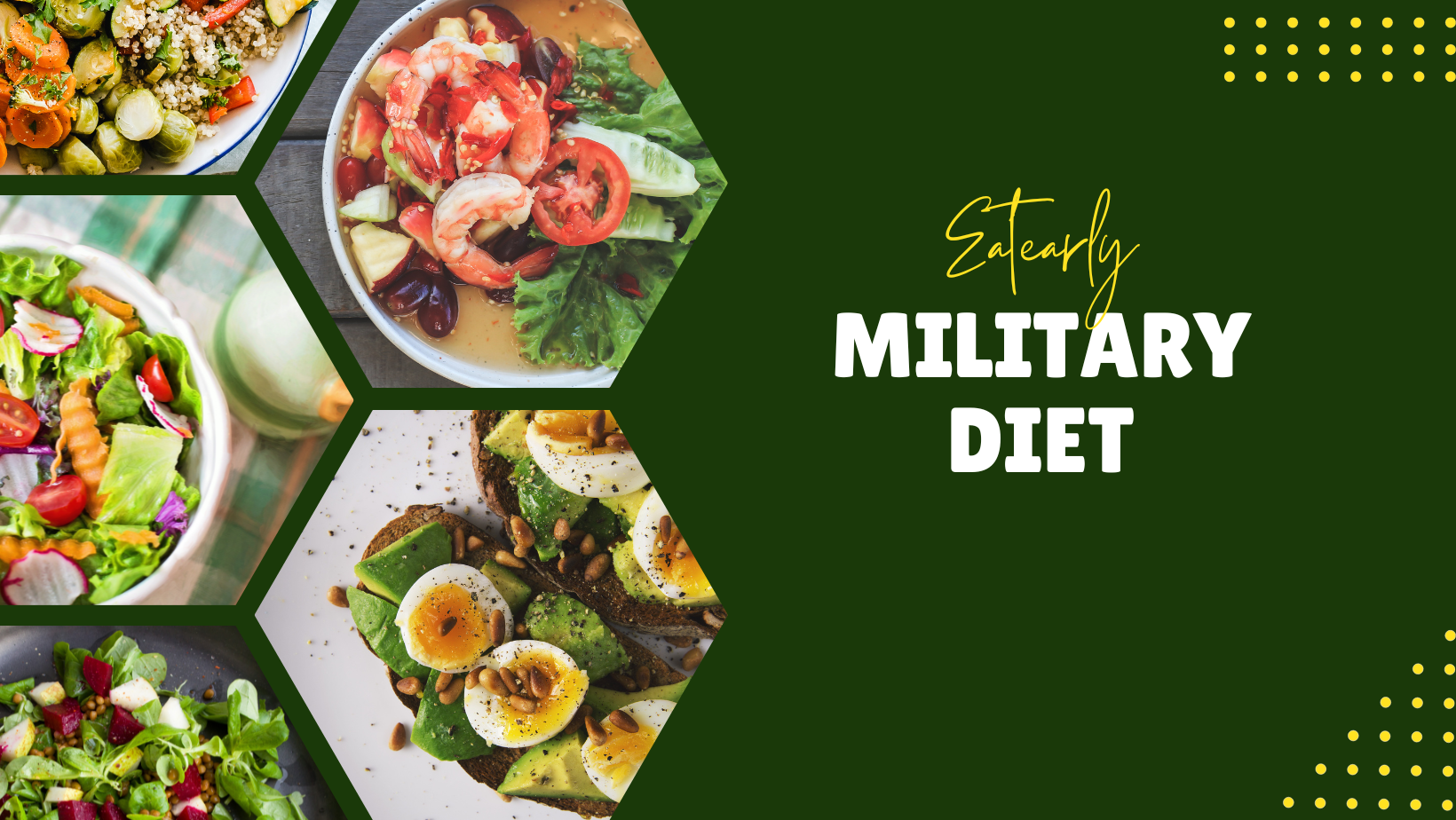Contents
- 0.1 Health Benefits of Vegetable Smoothies
- 0.2 Nutritional Facts of Vegetable Smoothies
- 0.3 Best Time to Have a Vegetable Smoothie
- 0.4 Consequences of Overeating Vegetable Smoothies
- 0.5 Alternatives to vegetable smoothies include vegetable soups, salads, and roasted vegetables.
- 0.6 Alternatives for Vegetable Smoothies
- 1 What vegetables are best for making a vegetable smoothie?
- 2 Can you use frozen vegetables in a vegetable smoothie?
- 3 What are some common mistakes to avoid when making a vegetable smoothie?
- 4 What is the best type of blender to use for making vegetable smoothies?
- 5 What are some alternative ingredients that can be used in place of vegetables for a smoothie?
- 6 Can vegetable smoothies be used as a pre or post workout drink?
Ah, the humble vegetable smoothie. You’ve probably heard of it, seen it, or have had an acquaintance who swears by it. But have you ever tried making one yourself? This green delight is not just a tasty treat, but it’s also a powerhouse of nutrition that’s easy to make. Let’s dive into the beautiful world of vegetable smoothies and find out how you can whip up your own.
Vegetable smoothies can help improve digestion and gut health.
How to make a Vegetable Smoothie
Whipping up your own vegetable smoothie is easier than you think! All you need is a handful of greens, a splash of water or milk, a few ice cubes, and a blender. In no time, you’ll have a tasty, nutrient-packed drink ready to sip.
Health Benefits of Vegetable Smoothies
Vegetable smoothies are a powerhouse of nutrients. They are packed with fiber, aiding in digestion and helping you feel full longer. Plus, they’re a great way to sneak in those veggies if you’re not a big fan of salads.
Vegetable smoothies can provide a boost of energy and improve mental clarity.
Nutritional Facts of Vegetable Smoothies
| Nutrient | Amount |
|---|---|
| Calories | 70-100 |
| Fiber | 3-5g |
| Protein | 2-3g |
| Vitamin A | 60-70% DV |
| Vitamin C | 50-60% DV |
Note: Nutritional values may vary depending on the type of vegetables used.
Best Time to Have a Vegetable Smoothie
There isn’t a set rule, but many people find that a vegetable smoothie is most beneficial in the morning. It’s a quick, easy breakfast that jump-starts your metabolism and provides energy for the day.
Consequences of Overeating Vegetable Smoothies
While vegetable smoothies are healthy, overconsumption can lead to bloating and a high intake of certain nutrients. Remember, balance is key in any diet.
Alternatives to vegetable smoothies include vegetable soups, salads, and roasted vegetables.
Alternatives for Vegetable Smoothies
If you’re craving something different, try a fruit smoothie or a protein shake. These can also provide a nutrient-dense, easy-to-digest meal option.
What vegetables are best for making a vegetable smoothie?
When it comes to crafting the perfect vegetable smoothie, not all veggies are created equal. In fact, certain vegetables offer a superior blend of flavor and nutrition that can really kick your smoothie game up a notch.
Spinach
Ranked high on the list of smoothie-friendly vegetables is spinach. It’s packed with vitamins A, C, and K, magnesium, iron, and fiber. However, its mild flavor means it won’t overwhelm other ingredients.
Kale
Next up, kale. This nutrient-dense superstar offers vitamins A, K, and C, along with beneficial compounds like antioxidants. Like spinach, kale’s taste is fairly mild, so it blends well with other flavors.
Beets
For a pop of color and a boost of nutrients like folate and manganese, consider adding beets to your smoothie. Their naturally sweet flavor can add a delightful twist to your morning drink.
Carrots
Last but not least, carrots. Carrots are high in vitamins A and K, as well as fiber. Plus, their bright orange color and sweet taste make for an appetizing addition to any vegetable smoothie.
Remember, the best vegetable smoothie is one that you enjoy drinking, so feel free to experiment with different combinations to find your personal perfect blend.
Can you use frozen vegetables in a vegetable smoothie?
Absolutely, you can! Frozen vegetables can be a fantastic addition to your vegetable smoothie. They not only provide convenience but also help give your smoothie a thicker, more refreshing texture. Plus, you can grab a bag of mixed veggies from the freezer at any time, making your smoothie preparation easier than ever.
Benefits of Using Frozen Vegetables
There’s a common misconception that frozen vegetables lose their nutritional quality. However, the truth is, they’re often flash-frozen at peak ripeness, allowing them to maintain their nutrient profile. So, you’re not sacrificing health benefits when opting for frozen veggies.
A Quick Guide to Using Frozen Vegetables in Your Smoothie
While you can toss most frozen veggies directly into your blender, some might require a little prep work. For instance, you should blanch frozen greens like spinach or kale in boiling water for a minute or two to reduce their bitterness. Also, remember to portion your frozen vegetables appropriately to ensure balanced flavors in your smoothie.
Tip: Try to mix and match. A combination of fresh and frozen veggies can give your smoothie an interesting texture and flavor profile.
What are some common mistakes to avoid when making a vegetable smoothie?
Smoothies can offer a fantastic way to sneak in extra servings of fruits and veggies. But when it comes to making a vegetable smoothie, there are a few common pitfalls you’ll want to sidestep.
Overloading on Fruit
While fruit can add a much-needed sweetness to your smoothie, overdoing it can lead to a sugar-packed drink. Try to keep a good balance between fruits and veggies for a nutrient-dense smoothie.
Forgetting the Protein
Vegetables are full of fiber and vitamins, but they lack one crucial element: protein. Including a protein source like Greek yogurt, chia seeds or protein powder can give your smoothie some staying power.
Skipping the Greens
Green veggies like kale and spinach are nutrient powerhouses. If the thought of a green smoothie turns you off, try blending your greens with a bit of fruit first to help mask the flavor.
Adding Too Much Liquid
It’s a common mistake to throw all your ingredients into the blender and drown them in liquid. To avoid a watery smoothie, start with a small amount of liquid and add more as needed to achieve your desired consistency.
What is the best type of blender to use for making vegetable smoothies?
Are you eager to start your smoothie adventure but unsure about the best type of blender to use? Well, fret no more, as we’ve got you covered. Blending vegetables into a refreshing smoothie is an art that requires the right kind of blender.
The High-Speed Blender: Your Ideal Smoothie Companion
High-speed blenders are a fantastic choice for vegetable smoothies. Their powerful motors break down fibrous veggies into a velvety texture, ensuring your green smoothie is as smooth as Brands. gets it like Vitamix and Blendtec are popular choices in this category.
Standard Blenders: Great for Beginners
If you’re just starting out on your smoothie journey, a standard blender can work wonders. They blend most vegetables and fruits well, though they may struggle with harder produce. A great example of this type is the NutriBullet.
Personal Bullet Blenders: For the On-The-Go Smoothie Lover
Love enjoying your smoothie on the commute to work? A personal bullet blender might just be your perfect match. Compact and handy, these blenders make just enough for a single serving and are super easy to clean. Magic Bullet is a notable brand in this segment.
So, there you have it. The choice of blender really comes down to your personal needs, budget, and the types of veggies you’ll be blending. Whether it’s a high-speed blender, standard model, or a personal bullet blender, each has a unique advantage to aid your journey towards a healthier lifestyle.
What are some alternative ingredients that can be used in place of vegetables for a smoothie?
Although vegetables are a great addition to smoothies, some people may not enjoy the taste or texture. Fortunately, there are plenty of alternative ingredients that can be used in place of vegetables. One option is to use fruits that have a mild flavor, such as bananas or pears. These fruits can add sweetness and creaminess to the smoothie without overpowering the other ingredients.
Another alternative to vegetables in a smoothie is to use herbs and spices. Fresh herbs like mint, basil, or cilantro can add a burst of flavor to the smoothie. Spices like cinnamon, ginger, or turmeric can also add a unique taste and provide health benefits.
Can vegetable smoothies be used as a pre or post workout drink?
Vegetable smoothies have long been a favorite among health enthusiasts and fitness freaks. But can they be utilized as a pre or post workout drink? The answer is a resounding yes!
Vegetable Smoothies as Pre-Workout Drinks
Vegetable smoothies make for an excellent pre-workout drink. They are low in calories yet high in essential nutrients that provide you with the energy needed for an intense workout. These smoothies are also rich in fiber, helping you feel satiated, thus preventing overeating.
Vegetable Smoothies as Post-Workout Drinks
Post-workout, your body craves replenishment. A vegetable smoothie is just the solution. Packed with antioxidants, they help repair muscle tissue and reduce inflammation. Adding a scoop of protein powder can also aid in muscle recovery.
Choosing the Right Vegetables
Not all vegetables are created equal when it comes to workout fuel. Leafy greens like spinach and kale are nutrient-dense and low in sugar, making them a great addition to your smoothie. Beets, known for their nitrate content, can improve oxygen flow in your body, enhancing workout performance.










[…] How to make Vegetable Smoothie […]